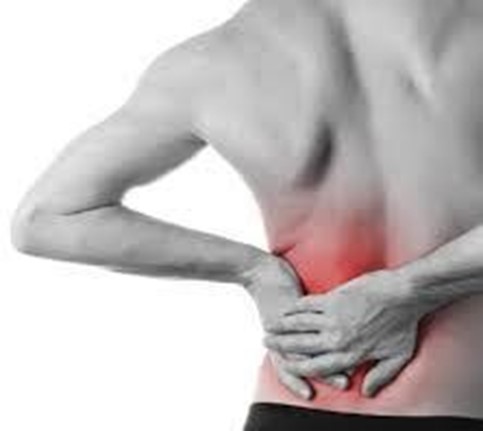A nurse should include which rationale when instructing a client to avoid sitting with knees crossed?
Decreases risk of skin breakdown behind the knee.
Eliminates pain of arthritis of the lower legs.
Prevents pressure on the popliteal artery.
Avoids irritation of the knee joints.
The Correct Answer is C
The popliteal artery is a major blood vessel that runs behind the knee and supplies blood to the lower leg. Sitting with knees crossed can compress this artery and reduce blood flow to the leg.
This can cause numbness, tingling, or pain in the leg. It can also increase the risk of blood clots or varicose veins.
Choice A is wrong because sitting with knees crossed does not decrease the risk of skin breakdown behind the knee. In fact, it may increase the risk by causing friction or pressure on the skin.
Choice B is wrong because sitting with knees crossed does not eliminate the pain of arthritis in the lower legs.
Arthritis is a joint inflammation that causes pain, stiffness, and swelling. Sitting with knees crossed can worsen these symptoms by putting more stress on the knee joints.
Choice D is wrong because sitting with knees crossed does not avoid irritation of the knee joints.
On the contrary, it can cause irritation by overstretching the knee ligaments and muscles
Nursing Test Bank
Naxlex Comprehensive Predictor Exams
Related Questions
Correct Answer is ["B","C","D"]
Explanation
These are some of the common symptoms of hypothyroidism, which is a condition where the thyroid gland does not produce enough thyroid hormones. Thyroid hormones regulate the body’s metabolism, temperature and heart rate.
Choice A is wrong because a pulse of 126 is too high for hypothyroidism. Hypothyroidism usually causes a slow heart rate (bradycardia), not a fast one (tachycardia). A normal resting pulse rate for adults is between 60 and 100 beats per minute.
Choice E is wrong because a pulse of 54 is within the normal range for
hypothyroidism. Hypothyroidism can cause a pulse rate lower than 60 beats per minute, but this is not always abnormal. Some people, such as athletes, may have a lower resting pulse rate due to their fitness level.
The normal ranges for thyroid function tests are:
- Thyroid-stimulating hormone (TSH): 0.4 to 4.0 milli-international units per liter (mIU/L).
- Free thyroxine (T4): 0.8 to 2.8 nanograms per deciliter (ng/dL).
- Total triiodothyronine (T3): 80 to 220 ng/dL.
Correct Answer is C
Explanation

This is because renal calculi can cause renal colic, which is a sudden and intense pain in the flank area that radiates to the groin or testicles.
The pain is caused by the stone obstructing the ureter and triggering spasms.
Choice A is wrong because a feeling of pressure in the bladder is more likely to indicate a lower urinary tract infection or an overactive bladder.
Choice B is wrong because a mild, burning pain when urinating is more likely to indicate a urinary tract infection or a urethral injury.
Choice D is wrong because a constant, dull, aching pain in the right upper quadrant is more likely to indicate a liver or gallbladder problem.
Normal ranges for urine pH are 4.5 to 8.0, and for specific gravity are 1.005 to 1.030.
Whether you are a student looking to ace your exams or a practicing nurse seeking to enhance your expertise , our nursing education contents will empower you with the confidence and competence to make a difference in the lives of patients and become a respected leader in the healthcare field.
Visit Naxlex, invest in your future and unlock endless possibilities with our unparalleled nursing education contents today
Report Wrong Answer on the Current Question
Do you disagree with the answer? If yes, what is your expected answer? Explain.
Kindly be descriptive with the issue you are facing.
